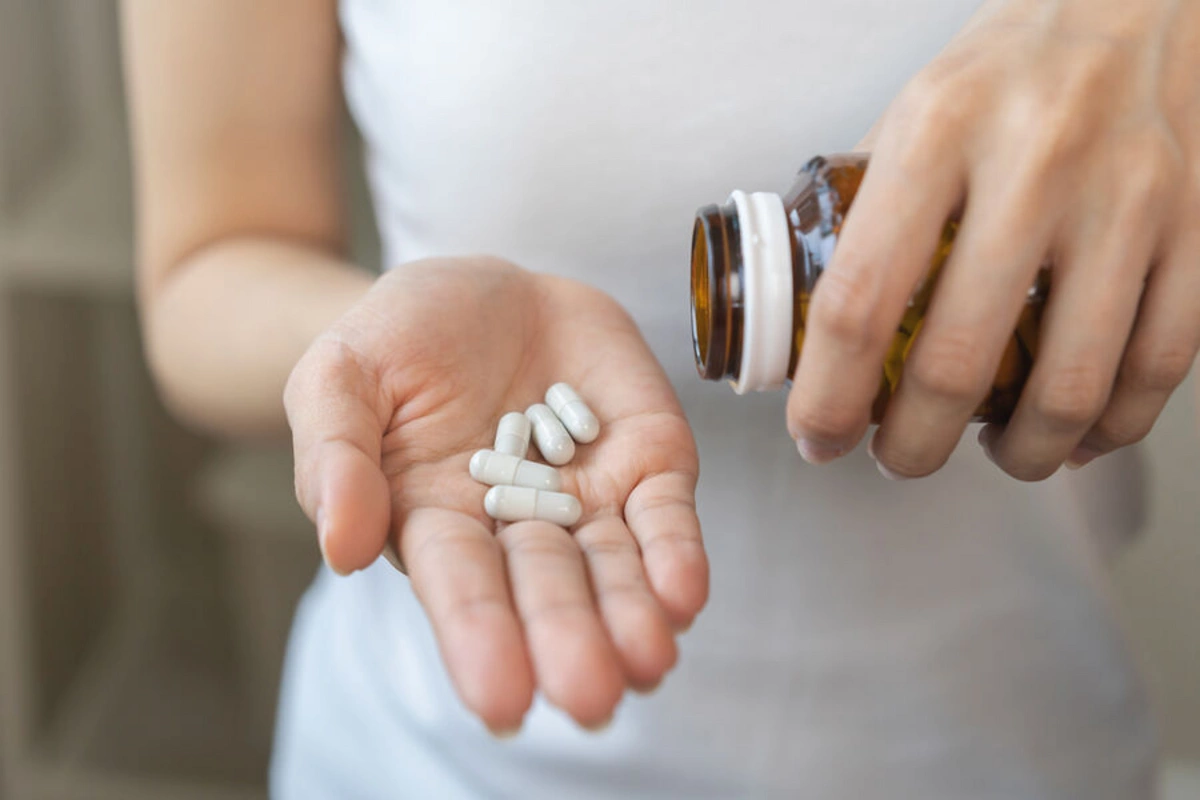Warning: which medications should not be taken in bright sunlight?

Every summer, dermatologists have to deal with the same complaints: "I went out in the sun and got covered in a rash," "blisters appeared on my skin after vacation," "this never happened before, but now my face got sunburned even though I used SPF cream." The reason often lies not only in ultraviolet light but also in the medicine cabinet, dermatologist Anastasia Syryseva told "Gazeta.Ru".
"Some medications, when interacting with sunlight, cause photosensitization - increased skin sensitivity to ultraviolet light, which can manifest as unexpected and sometimes severe reactions. It's important to understand that this is not an allergy to the sun, but a specific side effect of the medication activated by light," she explained.
Phototoxic reaction is the most common. It occurs when a medication or its metabolites accumulate in the skin and then undergo a chemical reaction under ultraviolet light, damaging cells. It manifests as a severe sunburn: redness, swelling, blisters, burning sensation - and all this after just 10-30 minutes in the sun.
"Photoallergic reaction is more rare but less predictable. It's a delayed immune response where UV-altered drug molecules are perceived by the body as allergens. Clinically, it can appear as an itchy rash, eczema, spots and papules, most often in areas exposed to the sun (décolletage, forearms, face)," the doctor noted.
The expert named medications that should not be combined with sun exposure. They can cause photosensitization.
Antibiotics: tetracyclines (doxycycline, tetracycline), fluoroquinolones (ciprofloxacin, ofloxacin), sulfonamides (biseptol, sulfamethoxazole).
Antifungal medications: griseofulvin, terbinafine.
Non-steroidal anti-inflammatory drugs (NSAIDs): ketoprofen (especially in gel form), ibuprofen, naproxen (in rare cases).
Diuretics and hypotensive agents: hydrochlorothiazide, amiloride, amlodipine (possible rare reactions).
Retinoids: isotretinoin, acitretin - systemic retinoids enhance photosensitivity and make the skin very vulnerable to burns.
Antineoplastic and immunosuppressive drugs: methotrexate, 5-fluorouracil, tyrosine kinase inhibitors (sorafenib, vemurafenib), immunosuppressants (azathioprine).
Antidepressants and psychotropic agents: amitriptyline, chlorpromazine, hypericum (St. John's wort) - especially dangerous as a herbal preparation.
Others: oral contraceptives (with long-term use and high estrogen content), some analgesics and sedatives.
"Phototoxicity is not only the prerogative of pills. Gels with ketoprofen, essential oils (including citrus ones), perfumes with bergamot or lavender, acids in peeling products, and even creams with retinol can cause burning, pigmentation, and dermatitis when exposed to the sun," said the doctor.
Check instructions before use. Look for words like "increases photosensitivity," "avoid UV radiation," or "phototoxic reaction."
"If you're planning a trip to the south or active recreation, discuss replacing or temporarily discontinuing photosensitizing medications. Sun protection is mandatory - use creams with SPF 50+, reapply every 2 hours. Long-sleeved clothing, hats, glasses too. Remember: protection is not just cream. If a rash appears - see a doctor immediately. Self-medication can worsen the reaction and complicate diagnosis," the doctor warned.
Similar News
Cold feet identified as indicators of dangerous diseases
Constant feeling of cold in the legs is not just a reaction to temperature. Sometimes it's a signal from the body about possible health issues. There can be sev...




 Azərbaycanca
Azərbaycanca  По-русски
По-русски  English
English 






